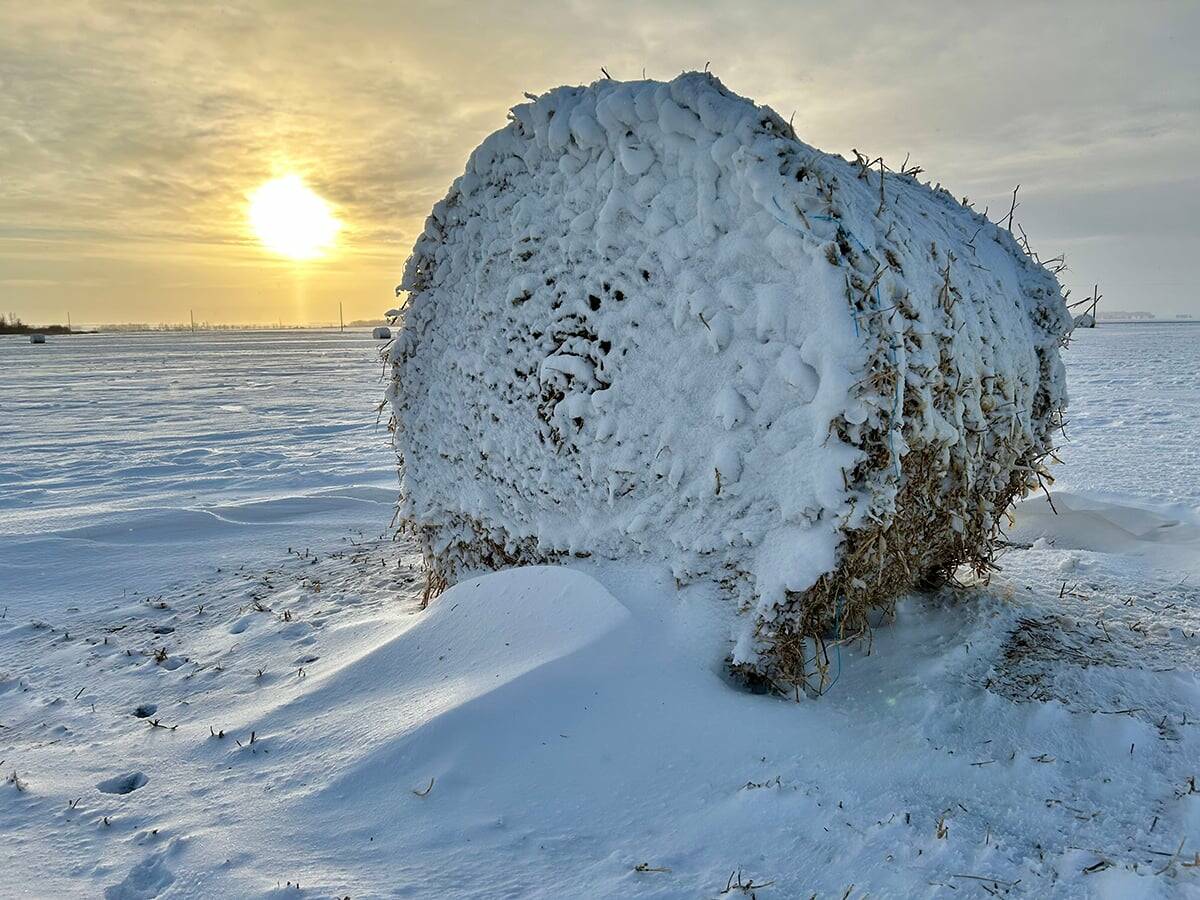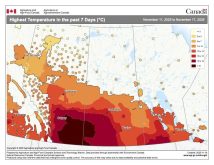This week I am taking a break from Prairie weather to visit a tropical location. But before I got on the plane, I promised a younger reader I would tackle their question: why is the sky blue? And as part of that, why is it not blue early in the morning or evening?
To tackle this question, we need to start with a review of the atmosphere. The lower part of the atmosphere is the homosphere, where concentrations of gases are consistent throughout this region. Remember, the prefix “homo” means same.
The heterosphere is the upper part of the atmosphere where the concentration of gases can vary greatly. “Hetero” means different. In terms of temperature, there are four regions or layers: the thermosphere, mesosphere, stratosphere and troposphere. One of these layers, the troposphere, is responsible for most of our weather.
Read Also

What is perfect Christmas weather?
What is ‘perfect’ Christmas weather on the Prairies? Here’s where you should head this holiday, according to historical weather data.
This, combined with Earth’s incoming solar radiation, helps us understand why the sky is blue.
To begin, we need to look at what happens to the incoming shortwave solar energy as it comes into contact with Earth and then goes through the different layers of the atmosphere to reach the surface.
Earth receives energy from the sun in the form of shortwave radiation. When this energy is turned into heat, it takes on the form of long-wave radiation. A good portion of both types of radiation passes through our atmosphere.
Shortwave radiation that reaches the Earth’s surface is called insolation, and this is the driving force behind our weather. Insolation is comprised of shortwave radiation transmitted directly to the ground, along with diffused or scattered radiation. As shortwave radiation travels through our atmosphere, some of it interacts with gas, dust, pollutants, water droplets and water vapour, changing its direction or scattering it.
Why is the sky blue? This scattering of shortwave radiation causes the sky to be blue during the day. It is not the reflection of the oceans, as some might believe. This scattering is also why sunsets and sunrises take on a reddish hue.
The principle behind why we see these colours is known as Rayleigh scattering, named after the English physicist Lord Rayleigh, who came up it in 1881.
The principle links wavelength to the size of the particles that cause the scattering. The shorter the wavelength, the greater the scattering, and vice versa. This means small gas molecules will scatter shorter wavelengths of light, and with visible light, the blues and violets have the shortest wavelengths. Oranges and reds have the longest wavelengths.
Since most of our atmosphere is made up of small gas particles, the short waves of blue light are scattered, and the lower atmosphere, or homosphere, is dominated by scattered blue waves that make the sky appear blue.
Around sunrise and sunset, the angle of the sun means incoming solar radiation has to travel through much more atmosphere. During the day, sunlight travels from the top of the atmosphere to the ground at a fairly straight angle. This distance, or at least the distance it has to travel through the homosphere, is about 110 kilometres. This is relatively short, so only blue light is scattered.
During sunrise and sunset, the shortwave incoming solar radiation travels through a much thicker layer of the homosphere due to the shallow angle. This increases the distance to as much as 1,000 km. The short blue wavelengths are still scattered, but so much that only the longer orange and red wave lengths are left to reach our eyes.
So, it is the distance that light has to travel early in the morning or evening that makes the sky orange or red.
In addition to light scatter, shortwave radiation is also refracted as it enters the atmosphere. Refraction is the bending of light as it passes from one medium to the next. In this case, it passes from the virtual vacuum of space to our dense atmosphere and also through different temperature layers.
We have all seen examples of refraction. Rainbows are created when light passes through dense water drops, causing the different wavelengths of light to refract at different rates. Mirages are another example of refraction. Most of us have experienced mirages on warm days along a highway when you see what appears to be something floating above the road. In this case, the hot air above the highway causes refraction.
I mention refraction because without it, the amount of daylight we receive would be about eight minutes less each day. When the sun sets or rises, the light refracts as it passes from space into our atmosphere. This refraction allows us to “see” the sun when it is still below the horizon.
In the morning, we see the sun rise about four minutes before it actually moves above the horizon and at sunset we continue to see the sun for about four minutes after it has dropped below the horizon.
















